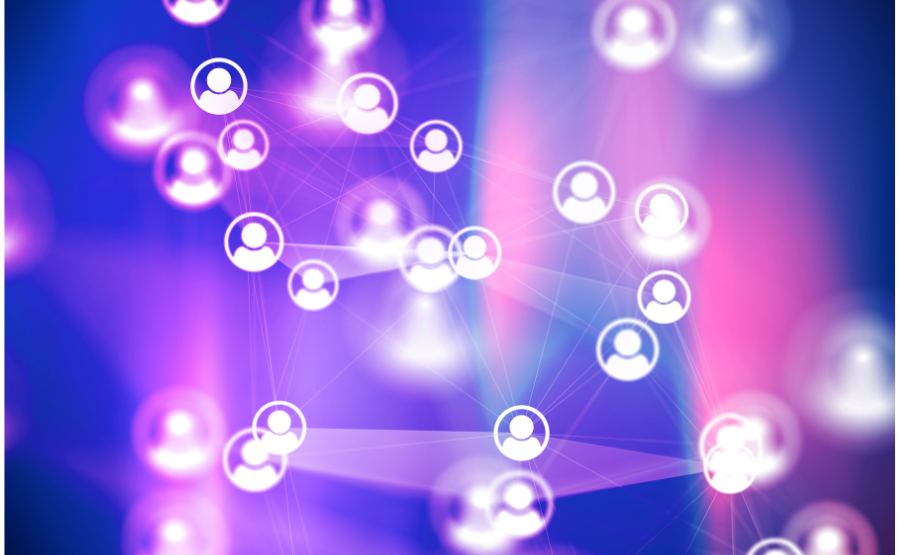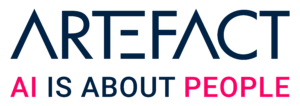As AI agents increasingly take over tasks like email drafting or resolving customer service issues, we face a pivotal challenge: how do these agents communicate effectively, not just with humans but with the software ecosystems they rely on?
Today, AI agents operate in a world fundamentally designed for human interaction—and, in many cases, designed to exclude automation. Security measures like CAPTCHAs and anti-bot protocols were created to block malicious robots, such as scrapers or spam generators. While well-intentioned, these safeguards also reflect a deeper reality: websites and applications are optimized for human experience, not AI efficiency.
This creates significant inefficiencies:
- For example, if your AI agent needs to interact with multiple software systems—say, for resolving an issue with a car company—it must navigate APIs, authentication layers, and human-centered designs, none of which are natively optimized for agent use.
- The result is a patchwork of integrations and redundant steps, requiring the agent to “mimic” human workflows rather than operate in a streamlined, machine-native way.
Initiatives like Anthropic’s Model Context Protocol (MCP) aim to address this by creating a universal standard for agent-to-software interactions. Instead of relying on custom APIs and connectors for each tool, MCP provides a simplified framework:
- Unified communication: Agents can interact with diverse software platforms through a standardized protocol, eliminating the need for bespoke integrations.
- Scalability and maintenance: By abstracting away the complexity of individual APIs, MCP allows systems to scale more efficiently.
- Focus on tasks, not translation: Agents can execute actions directly, bypassing human-centric layers like forms or natural language interfaces.
But the challenge goes deeper. To truly unlock AI efficiency, we need a paradigm shift in how digital systems are designed. Historically, websites, applications, and workflows were created to maximize human experience—a logical choice in a world where humans were the primary users. However:
- These systems are fundamentally incompatible with the needs of autonomous AI agents, forcing them to work around barriers like CAPTCHA or fragmented APIs.
- The result is a design philosophy that unintentionally penalizes efficiency and automation, even as AI becomes central to modern workflows.
Looking forward, the emergence of vector-based communication protocols could revolutionize how agents interact with software. Instead of relying on human-readable formats or embedding layers, agents could communicate directly in a machine-native “language,” enabling:
- Automation-first ecosystems: Systems designed to optimize AI workflows rather than human interaction.
- Seamless integration: Agents operating natively within digital ecosystems, reducing friction and improving scalability.
This transformation also raises strategic questions for businesses. How can organizations balance the need for AI-driven efficiency with the importance of security, transparency, and control? Transitioning from human-centric systems to machine-native ecosystems isn’t just a technical challenge—it’s a rethinking of how value is created, delivered, and protected.
The future lies in a hybrid approach: systems that embrace automation to streamline workflows while maintaining safeguards for trust and human oversight. Those who adapt to this shift won’t just keep pace with change—they’ll set the standard for the next generation of digital innovation.
Learn more on the latest evolution of AI by subscribing to our Gen AI newsletter.

 BLOG
BLOG




